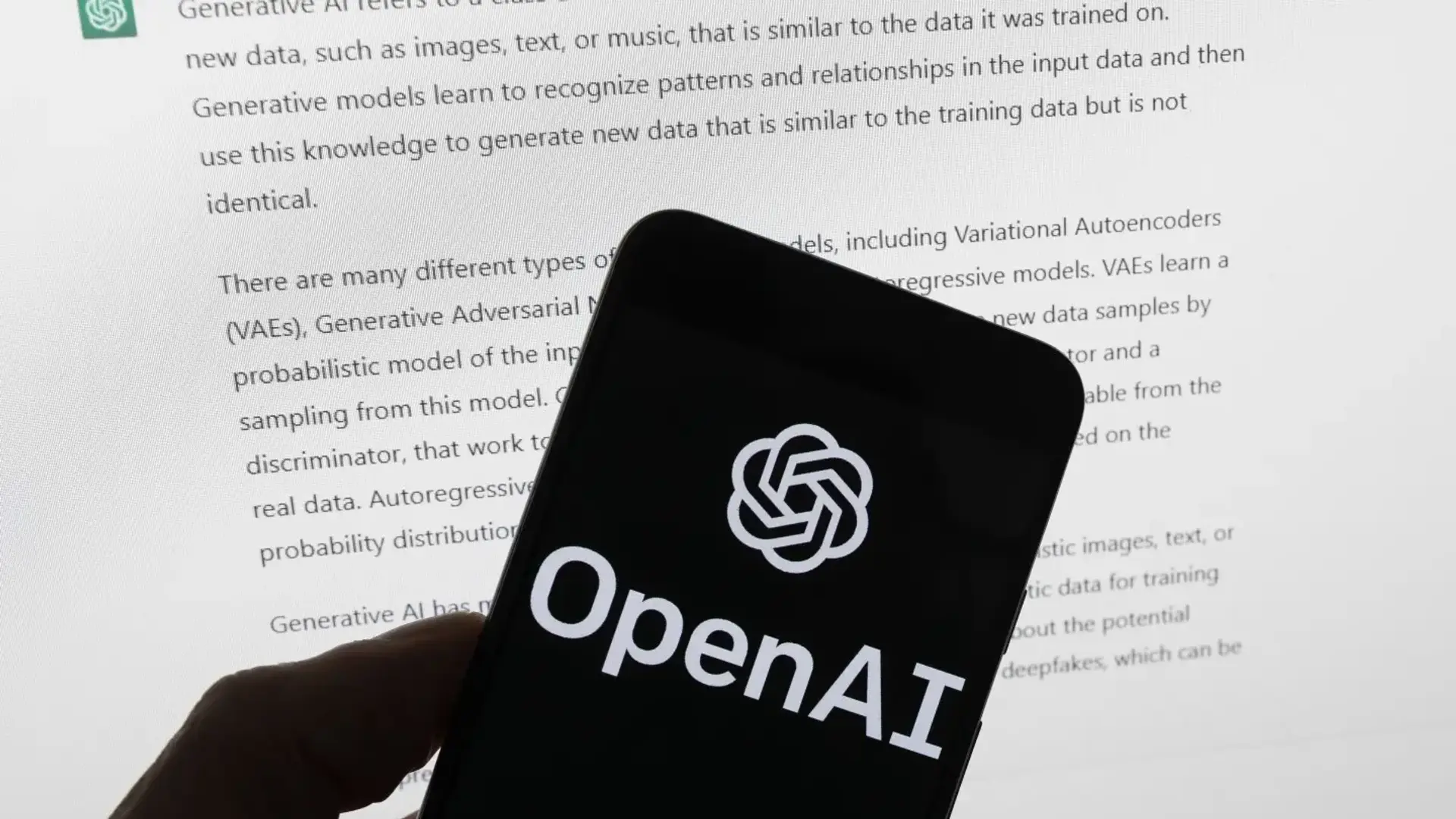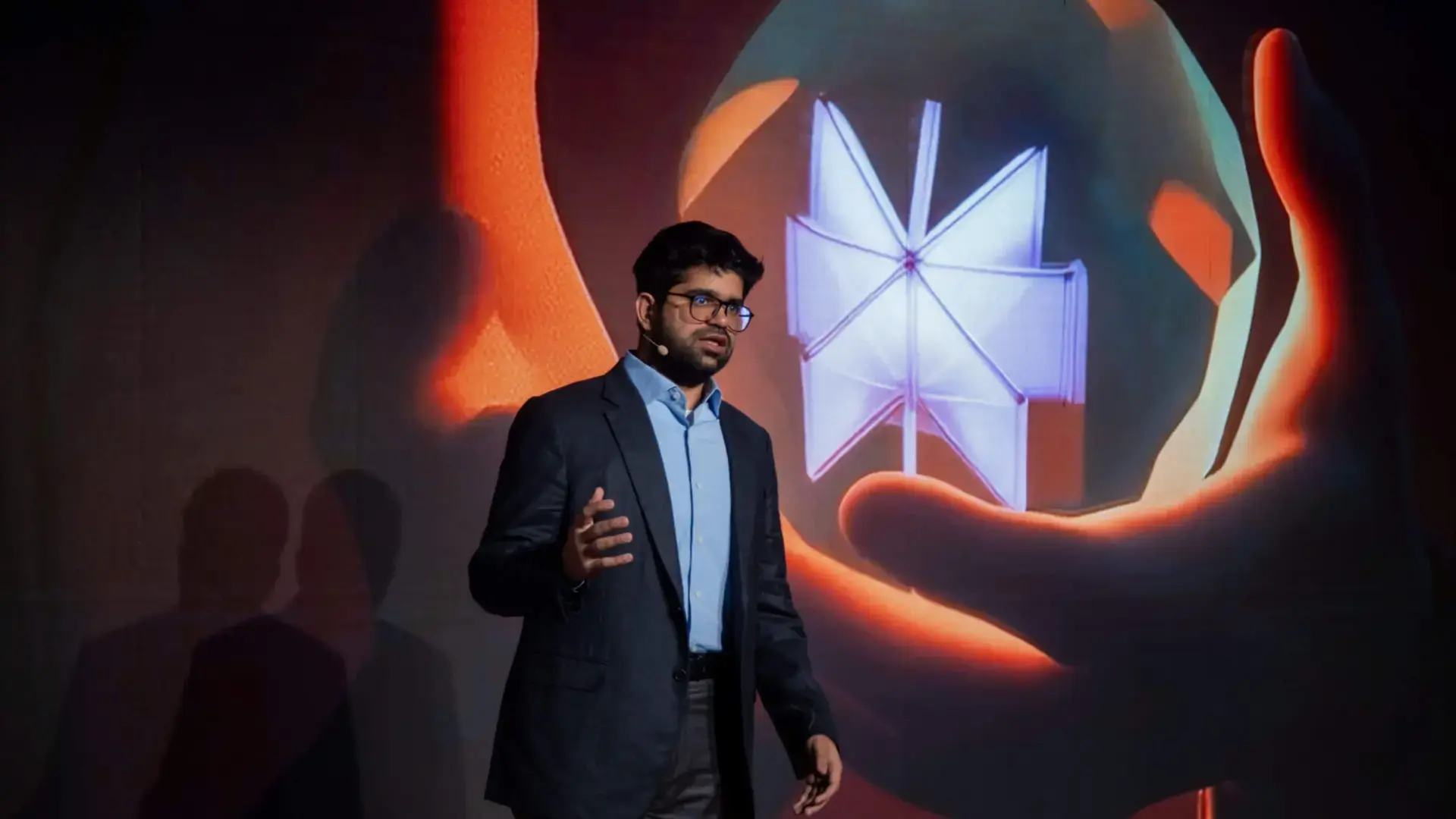A man in Alberta has been charged with multiple child sexual exploitation offences after allegedly utilising artificial intelligence to generate child abuse imagery. This marks a significant development in the use of AI for illicit purposes, raising concerns about the potential for creating realistic but entirely synthetic depictions of child abuse. Law enforcement agencies are now grappling with the challenges of identifying and prosecuting offenders who exploit AI tools, even when no real child is involved. The case highlights the growing need for updated legislation and investigative techniques to address the evolving threat of AI-generated child sexual abuse material. Experts note that AI-generated abuse images reinforce harmful sexual fantasies and normalise exploitation, promoting real-world harm.
AI models are becoming more adept at generating or altering images, making it increasingly difficult to distinguish between genuine and artificial content. This poses significant challenges for authorities in identifying victims and prosecuting offenders. The Internet Watch Foundation (IWF) reported a 380% increase in reports of AI-generated child sexual abuse imagery in 2024 compared to 2023. The UK government has confirmed it will tighten legislation to criminalise the creation, possession, or sharing of AI tools used to generate child sexual abuse material.
Related Articles

AI 'Smell Detector' for Drugs
Read more about AI 'Smell Detector' for Drugs →
AI joins Sherman murders probe
Read more about AI joins Sherman murders probe →
OpenAI: Nonprofit Oversight Vital
Read more about OpenAI: Nonprofit Oversight Vital →
AI Search Engine Gains Traction
Read more about AI Search Engine Gains Traction →
